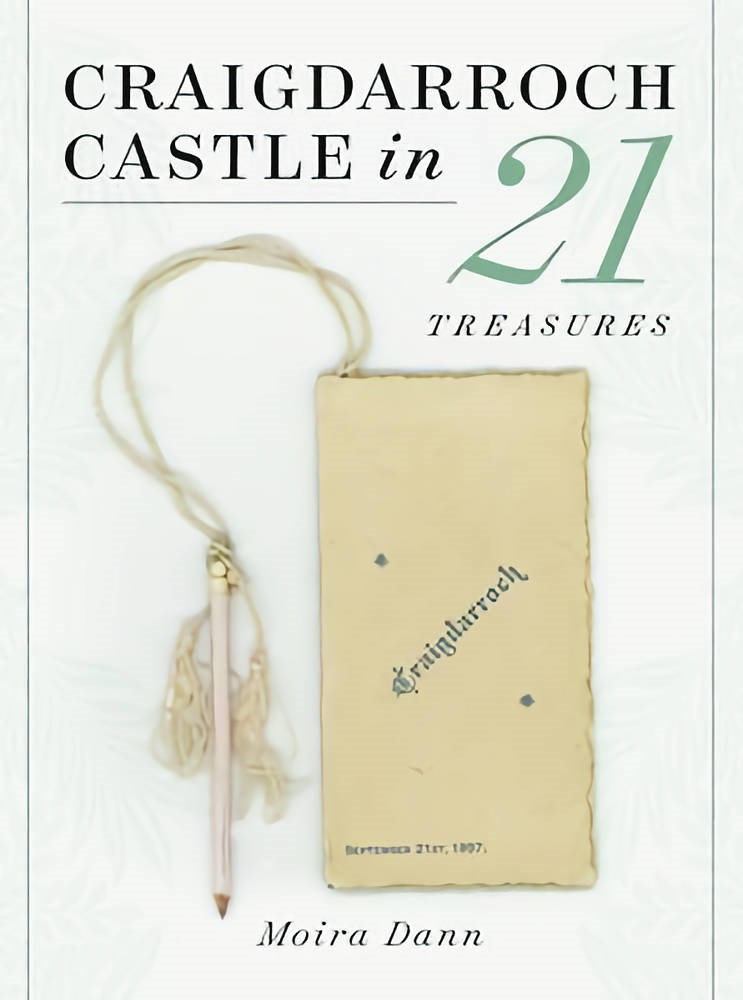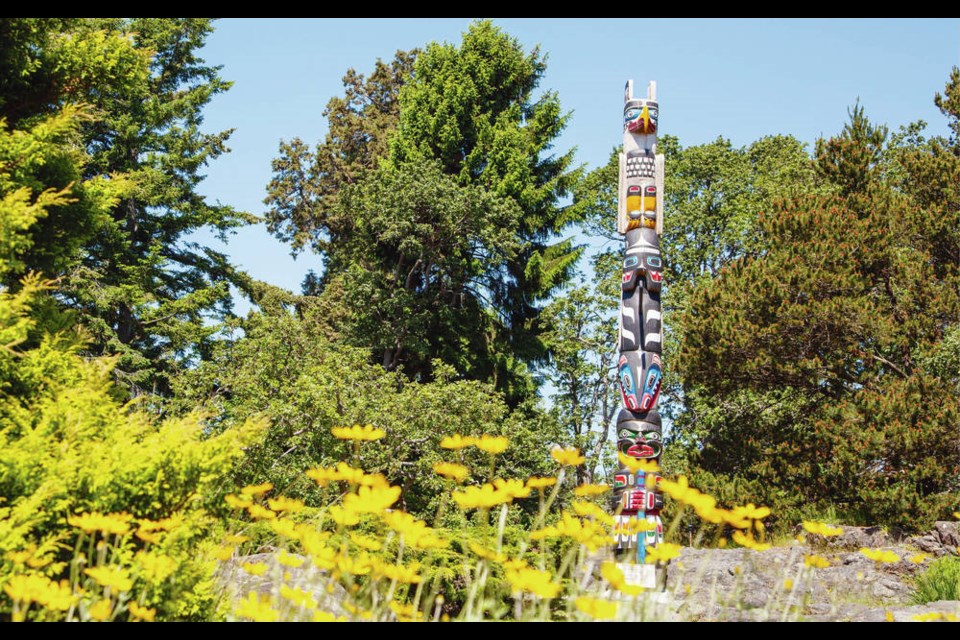Sometimes it is difficult to know when to let go, or when to hang on and preserve; these two books provide both completely opposite perspectives, but each are very culturally significant.
Totem Hosaqami, The Pole With Two Lives by Graeme Teague and David Vaughan (2020, 18Rabbit Press, Inc.) tells the remarkable and moving story of a totem pole named Hosaqami, meaning in the Kwakiutl language, “he who owns this pole is a man of integrity in his society.” The totem pole was carved in B.C. in 1959 by Chief Mungo Martin, his adoptive grandson Tony Hunt, and Tony’s father Henry, and was a gift from the graduates of the Royal Canadian Navy to their base colleagues whom they had trained with on Whale Island, just off the south coast of England. The pole proudly made its way to its British home (via Halifax) aboard HMCS Kootenay in 1960 where it was accompanied by 15 naval officers, all of First Nation descent.
The presentation was full of British pomp combined with traditional Indigenous ceremony.
Over time, however, the pole on Whale Island, due to the English coast’s wet and tempestuous climate, and pummelled by sea storms, began to decay and became heavily damaged; the poor old battered pole made its second trans-Atlantic journey and returned to the home from whence it was created.
Hosaqami settled in a peaceful area at Victoria’s Government House where Chief Hunt (the adoptive grandson, now grown up) decided that it should “be allowed to return to the earth.” Today, the old pole is a fertile “nurse log,” slowly being enveloped with mosses, lichens, little tender ferns and creepers, and other wild “volunteer” foliage. To me, this is a wonderful dignified end, to perpetuate life while simply returning to Mother Nature.
 There’s a little sloping wild meadow on Cormorant Island overlooking the sea, and throughout the long grasses and scattered wildflowers are numerous old totems gracefully listing and leaning, sinking back into the earth just like Hosaqami; it is a very moving seeing these old windswept and sun bleached poles, their paint faded, some with a wing or beak missing, all without struggle, gently becoming part of the earth again.
There’s a little sloping wild meadow on Cormorant Island overlooking the sea, and throughout the long grasses and scattered wildflowers are numerous old totems gracefully listing and leaning, sinking back into the earth just like Hosaqami; it is a very moving seeing these old windswept and sun bleached poles, their paint faded, some with a wing or beak missing, all without struggle, gently becoming part of the earth again.
On the same day of observing these old decomposing poles, I had finished a novel on Mary Queen of Scots and been utterly swept away by her tumultuous story; as Mary was preparing for her demise, captive and alone within the cold stone walls of her castle prison, with great dignity she murmured to her creator, “Thank you for my life,” before stoically but peacefully walking out to her death. To read those very simple words, “thank you for my life,” as well as seeing the old totems gracefully succumbing so willingly to nature’s elements, back into the fertile ground — well, to be honest, something made me think differently. How often does a book and a site, distinctively different from one another, come together at a single moment to change one’s life?
Hosaqami Two, a replica of Hosqami One has been carved and raised at Government House! In 2012, Chief Tony Hunt Sr. and his son Tony Jr., with much enthusiastic community assistance, carved the new pole with its three culturally significant symbols, the Thunderbird, the Killer Whale (Orca) and The Speaker; you can visit this important pole which stands proudly on the front lawn facing the sea.
If you are interested in totem poles, I recommend you take the totem pole stroll around Duncan (follow the yellow footsteps); there is a very thorough brochure available at city hall or online which describes the meanings of the over 40 poles as well as each carver’s statements.
Close by Government House up on Joan Crescent sits Craigdarroch Castle, with a completely different cultural perspective — rather than sinking back into the land, this huge red turreted stone mansion, a National Historic Site, has been preserved and is open to the public to explore (yes, it is open but check the website, thecastle.ca).
Craigdarroch Castle in 21 Treasures by Moira Dann (2021, Touchwood Editions) provides you with a brief but fascinating history of this large and wealthy Scottish family, the Dunsmuirs, and a description of 21 preserved objects found throughout their immaculate and opulently polished residence where the sun floods through the bevelled and finely chiselled “ruby hued” jewelled windows reflecting off the silver spoons (all engraved with an ornate D) set perfectly on the gleaming waxed rosewood and oak sideboards.
This beautifully designed little book describes with wonderful insight the wealthy life of the Dunsmuirs (which is as intriguing as the objects) through items such as radiator brushes, son James’ telescope, a speaking tube for in-house communication and oil paintings by American artist Frederick Schafer.
Here’s a fact: mansions such as Craigdarroch were built in the Victorian era by wealthy industrialists and labelled “Bonanza Castles.”
Whether we let go or keep, the essential thing is that we honour and understand our diverse cultural past and both these lovely little books do just that.



